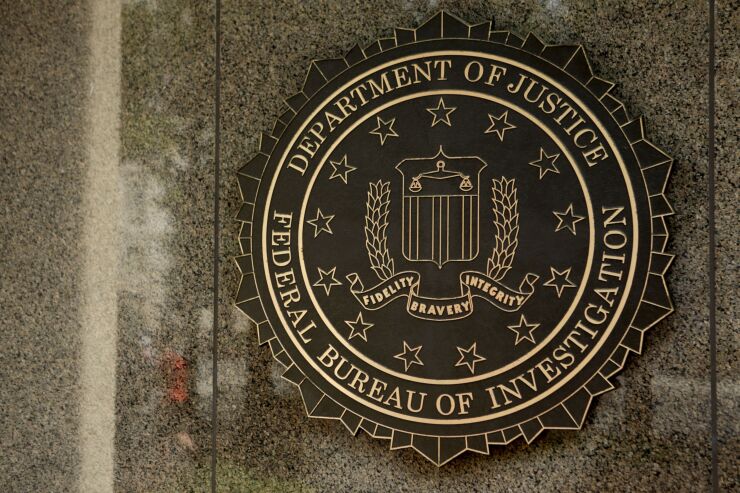On Wednesday, the FBI and Cybersecurity and Infrastructure Security Agency warned companies about a strain of ransomware called Snatch after the group claimed it compromised a state government agency in Florida.
Reports have not revealed any financial institutions have fallen to Snatch ransomware, but the FBI and CISA said in
The group has not apparently targeted banks or credit unions to date, but it does not appear to discriminate about victims, using opportunistic tactics that make automated breaching attempts against vulnerable and exposed services,
The gang has also evolved its tactics over time, according to the FBI and CISA. The group first appeared in 2018 under the name Team Truniger, based on the nickname of a key group member. Snatch ransomware claimed its first U.S.-based victim in 2019. Since 2021, Snatch threat actors have taken advantage of trends in the cybercriminal space and leveraged successes of other ransomware operations.
The FBI identified Snatch ransomware as recently as June, and the group
One trend that the group behind Snatch has adopted is offering its ransomware to affiliates, a tactic known as ransomware-as-a-service. Many ransomware actors have developed this tactic as a means of monetizing attacks and reaching a wider array of potential victims.
Ransomware-as-a-service topped the list of concerns that the Financial Services Information Sharing and Analysis Center, a cybersecurity consortium for banks,
Another ransomware trend
"This tactic results in faster and larger profits for ransomware gangs by eliminating software development cycles and decryption support," Zscaler said about these so-called encryption-less ransomware attacks. "These attacks are also harder to detect and receive less attention from the authorities because they do not lock key files and systems or cause the downtime associated with recovery."
However, some evidence suggests that ransomware gangs are, for the most part, still encrypting data at a high rate. A
Indeed, Snatch ransomware in particular employs a tactic specifically designed to make encrypting data easier to do and harder to detect. This tactic involves booting compromised Windows systems into, ironically, safe mode. Safe mode
A consortium of financial companies said premiums are rising despite a relatively low level of overall risk, causing some banks to reconsider their policies.
One tactic that some more sophisticated ransomware actors such as BlackCat (also known as Alphv) and Black Basta have adopted to avoid detection is partial or intermittent encryption. With this tactic, ransomware actors may encrypt only a part of each file, often the parts that most damage the data each file contains,
Finally, one novel tactic Snatch has adopted is cross-posting data stolen by other ransomware groups, according to the FBI and CISA. By posting the data stolen by other ransomware strains, the group behind Snatch can make further exploitation attempts against victims who initially refuse to pay ransoms.







